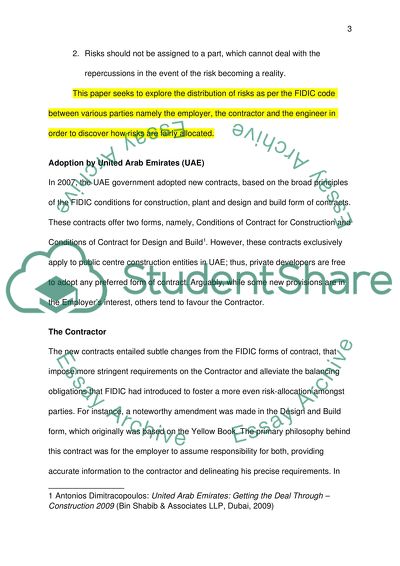Cite this document
(“The FIDIC 1999 Red Book Essay Example | Topics and Well Written Essays - 1500 words”, n.d.)
Retrieved from https://studentshare.org/law/1458753-allocation-of-risks-in-fidic
Retrieved from https://studentshare.org/law/1458753-allocation-of-risks-in-fidic
(The FIDIC 1999 Red Book Essay Example | Topics and Well Written Essays - 1500 Words)
https://studentshare.org/law/1458753-allocation-of-risks-in-fidic.
https://studentshare.org/law/1458753-allocation-of-risks-in-fidic.
“The FIDIC 1999 Red Book Essay Example | Topics and Well Written Essays - 1500 Words”, n.d. https://studentshare.org/law/1458753-allocation-of-risks-in-fidic.


